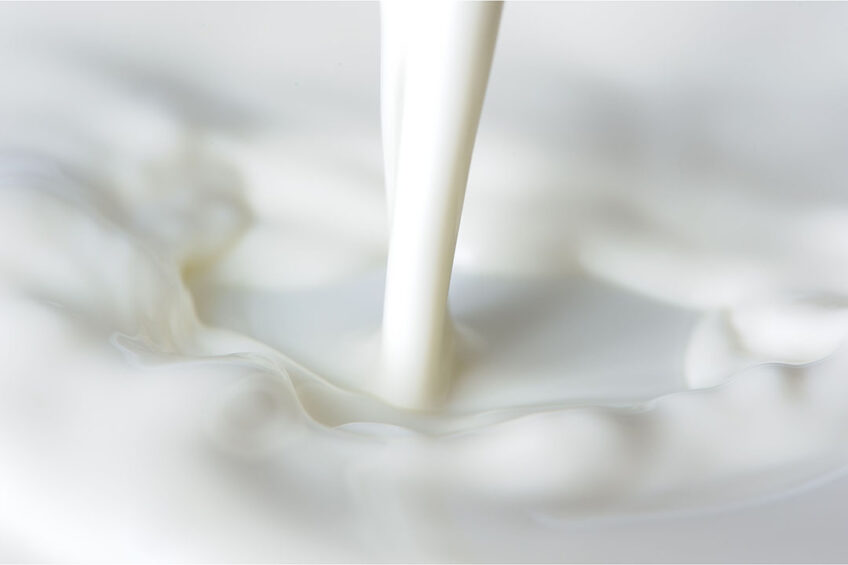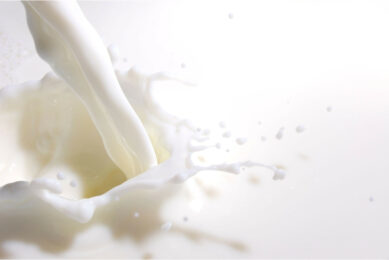Alternative to pasteurisation: A greener future for dairy?

Milk production and the demand for dairy continue to increase at a rapid rate worldwide, in large part due to population growth, rising incomes and urbanisation. This increased demand puts growing pressure on natural resources, which include freshwater and soil, alongside energy resources needed for manufacturing raw materials into high-quality and great-tasting products.
Millions of farmers worldwide tend approximately 270 million dairy cows for milk production. Because of this staggering statistic, its production impacts the surrounding environment in various ways, the scale of which depends on the practices of dairy farmers and feed growers.
In terms of dairy businesses, creating more sustainable methods of production should be a priority to reduce waste, cut energy costs, and to continue making changes that best help the overall push towards net zero being adopted across all industry sectors.
To truly address dairy sustainability and create a more energy-efficient, greener future, sustainable technologies need to be adopted across production lines on a global scale.
Milk pasteurisation
For every litre of milk produced globally, approximately 3kg of greenhouse gases is released into the atmosphere. With total global emissions currently around 50 billion tonnes of carbon dioxide, dairy emissions equate to about 3.4% – almost double the impact of aviation. By far, the biggest source of those emissions is methane, although CO2 emissions play a part due to massive energy costs and production waste.
Due to this, regular pasteurisation techniques can cause a massive amount of wasted energy. These energy costs quickly add up, alongside the process producing more water waste and carbon dioxide emissions that directly combat the demand for sustainability in dairy systems, adding to the overall global environmental footprint of the industry.
Low-energy solution, new alternative pasteurisation
UV light utilisation holds the answer to providing a new alternative pasteurisation solution. Its benefits allow the removal of pathogens from liquid products, and not just water, but also when applied to milk production as well. In comparison to heated solutions, a UV-light-powered process can reduce energy consumption, whilst maintaining – if not heightening – end-product quality.
With more sustainable pasteurisation technology that utilises UV instead of heat, dairies can save 60-90% of the energy and 60-80% of the water that traditional pasteurisation methods would otherwise require. This paves the way for major energy and carbon dioxide savings in dairy production lines worldwide, which is especially important given the continually rising energy prices we’ve seen over recent years.
In switching to this sustainable solution, greenhouse gas emissions per company can decrease rapidly – a significant impact if adopted industry-wide.
Greener future for the dairy industry
High-technology dairy production alternatives can lead to not only relatively short returns on investment, but also significantly lower operation costs through reduced energy and water consumption, increased operational hours, and overall, less cleaning and maintenance needed. An improved, higher quality end-product also provides benefits both on a business demand end, and also directly for consumers.
Yet ultimately it comes down to the dairy farm as to whether the impact can be as great in helping the environment. Larger dairy production lines will have significantly greater potential to reduce their energy consumption by switching to these solutions than smaller dairy farms with lower energy consumption. Like it is across many industries, we look to the massive production giants to adopt sustainable solutions in order to cause wider change, and because the incentive of a higher-quality, lower-cost product is there, it only makes sustainability that much more enticing.
Over 80% of total energy use on a dairy farm is accounted for by milk cooling, water heating and vacuum pumping. Maximising quality can therefore become part of moulding a greener future for the dairy industry, replicable on a global scale and making a serious difference on the overall environmental footprint.
Join 13,000+ subscribers
Subscribe to our newsletter to stay updated about all the need-to-know content in the dairy sector, two times a week.










